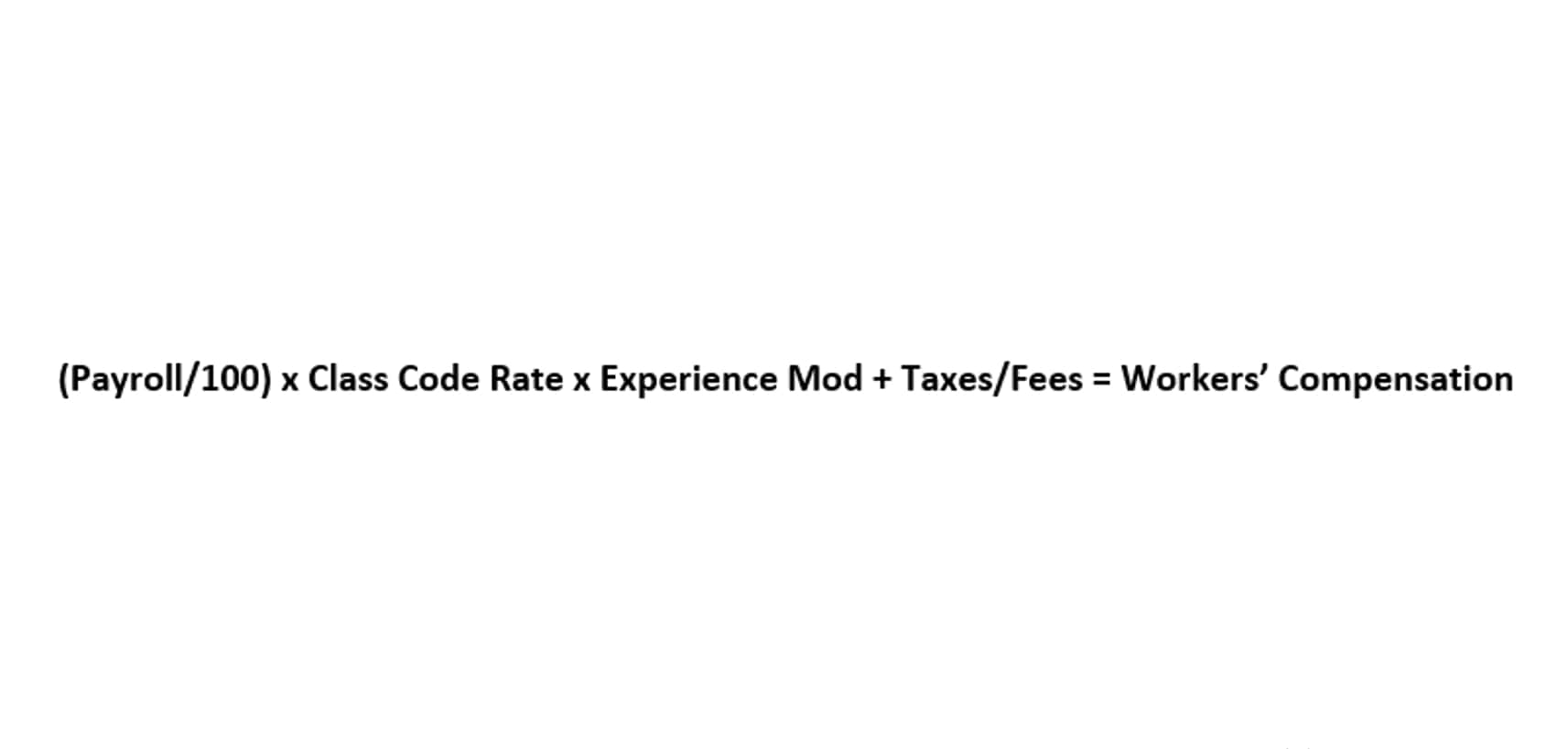2 5: Actual Vs. Applied Factory Overhead Business LibreTexts

If the volume of goods produced varies from month to month, the actual rate varies from month to month, even though the total cost is constant from month to month. The predetermined rate, on the other hand, is constant from month to month. That amount is added to the cost of the job, and the amount in the manufacturing overhead account is reduced by the same amount. At the end of the year, the amount of overhead estimated and applied should be close, although it is rare for the applied amount to exactly equal the actual overhead. For example, Figure 8.41 shows the monthly costs, the annual actual cost, and the estimated overhead for Dinosaur Vinyl for the year.

Do you already work with a financial advisor?

At this point, do not be concerned about the accuracy of the future financial statements that will be created using these estimated overhead allocation rates. You will learn in Determine and Disposed of Underapplied or Overapplied Overhead how to adjust for the difference between the allocated amount and the actual amount. The controller of the Gertrude Radio Company wants to develop a predetermined overhead rate, which she can use to apply overhead more quickly in each reporting period, thereby allowing for a faster closing process. A later analysis reveals that the actual amount that should have been assigned to inventory is $48,000, so the $2,000 difference is charged to the cost of goods sold. Figure 8.41 shows the monthly manufacturing actual overhead recorded by Dinosaur Vinyl. As explained previously, the overhead is allocated to the individual jobs at the predetermined overhead rate of $2.50 per direct labor dollar when the jobs are complete.
Strategies for Small Businesses to Control Overhead
Tracking any differences between applied and actual overhead also allows companies to improve future overhead estimates. The formula for the predetermined overhead rate is purely based on estimates. Hence, the overhead incurred in the actual production process will differ from this estimate. After the period for a predetermined overhead rate ends, the business is left with a credit on the ledger or a debit to pay, which will ultimately have an impact on quarterly and annual profit figures.
Selecting an Estimated Activity Base
Carefully minimizing overhead is crucial for small businesses income statement to maintain profitability. Following expense optimization best practices and leveraging technology keeps overhead costs in check. This aids data-driven decision making around overhead rates even for off-site owners and managers.
Best Practices for Overhead Rate Management
Built-in analytics help uncover spending trends and quickly flag unusual variances for further investigation. Because your professoris scheduled to address a national professional meeting at the time your class ordinarily meets, the class has been divided into teams to discuss selected issues. Yourteam’s assignment is to prepare a report arguing whether fi xed manufacturing overheadshould be included as a component of product cost. You are also expected to draw yourown conclusion about this issue and provide the rationale for your conclusion in yourreport. Companies need to make certain the sales price is higher than the prime costs and the overhead costs.
- Investing time into overhead analysis and accurate calculation of rates leads to better accounting and superior business management.
- It is calculated before the period begins and is used to assign overhead costs to production using an allocation rate per unit of activity, such as direct labor hours.
- Our mission is to empower readers with the most factual and reliable financial information possible to help them make informed decisions for their individual needs.
- Optimize processes – Streamline workflows around everything from inventory to invoicing to save time and cut labor costs.
- Management analyzes the costs and selects the activity as the estimated activity base because it drives the overhead costs of the unit.
- In this example, the guarantee offered by Discount Tire does not include the disposal fee in overhead and increases that fee as necessary.
- Having an accurate predetermined overhead rate helps companies better understand the full cost of production and set appropriate pricing levels.

•Predetermined rates make it possible for companies to estimate job costs sooner. Using a predetermined rate, companies can assign overhead costs to production when they assign direct materials and direct labor costs. Without a predetermined Accounting for Churches rate, companies do not know the costs of production until the end of the month or even later when bills arrive.
- It can be used to allocate overhead when calculating product costs and profits.
- In some industries, the company has no control over the costs it must pay, like tire disposal fees.
- However, the use of multiple predetermined overhead rates also increases the amount of required accounting labor.
- Estimating the cost relative to the activity base allows managers to budget for future projects.
Total Overhead Contribution & Accounting Terms
Examples of manufacturing overhead costs include indirect materials, indirect labor, manufacturing utilities, and manufacturing equipment depreciation. Another way to view it is overhead costs are those production costs that are not categorized as direct materials or direct labor. The formula seems simple – total overhead costs divided by an allocation base like direct labor hours. However, accurately calculating overhead rates involves breaking down costs and choosing the right allocation base. A predetermined overhead rate, also known as a plant-wide overhead rate, is a calculation used to determine how much of predetermined overhead rate the total manufacturing overhead cost will be attributed to each unit of product manufactured.

Added to these issues is the nature of establishing an overhead rate, which is often completed months before being applied to specific jobs. Establishing the overhead allocation rate first requires management to identify which expenses they consider manufacturing overhead and then to estimate the manufacturing overhead for the next year. Manufacturing overhead costs include all manufacturing costs except for direct materials and direct labor. Estimating overhead costs is difficult because many costs fluctuate significantly from when the overhead allocation rate is established to when its actual application occurs during the production process. You can envision the potential problems in creating an overhead allocation rate within these circumstances. Added to these issues is the nature of establishing an overhead rate, which is often completed months before being applied to specific jobs.
